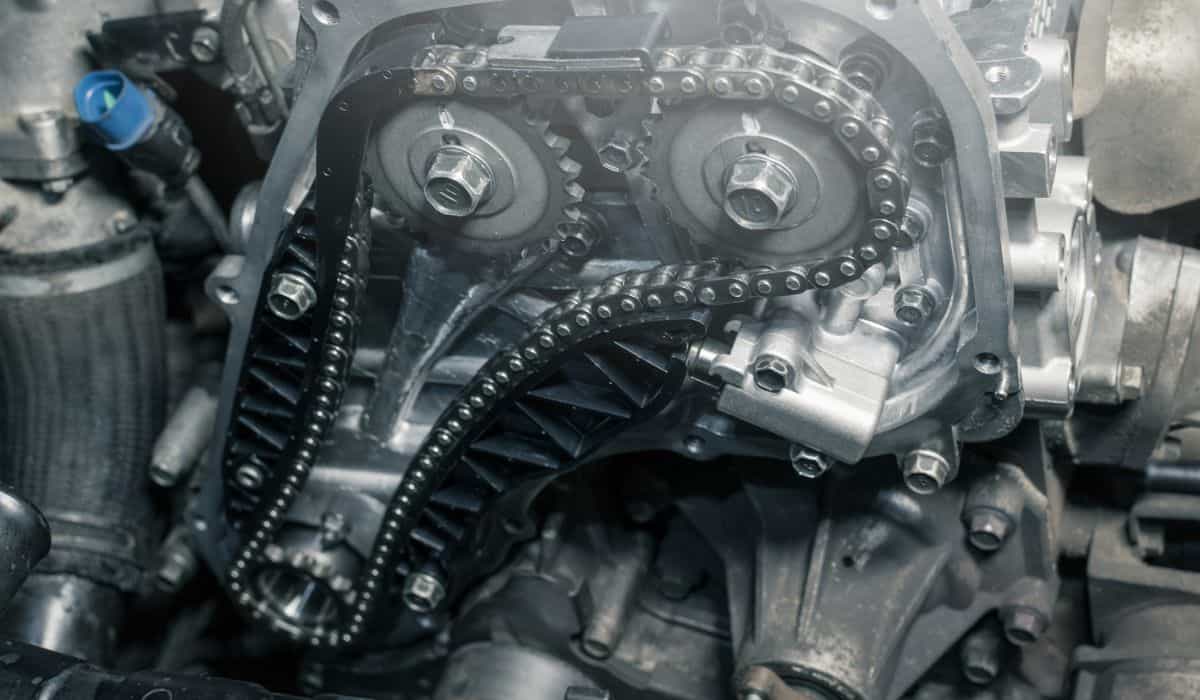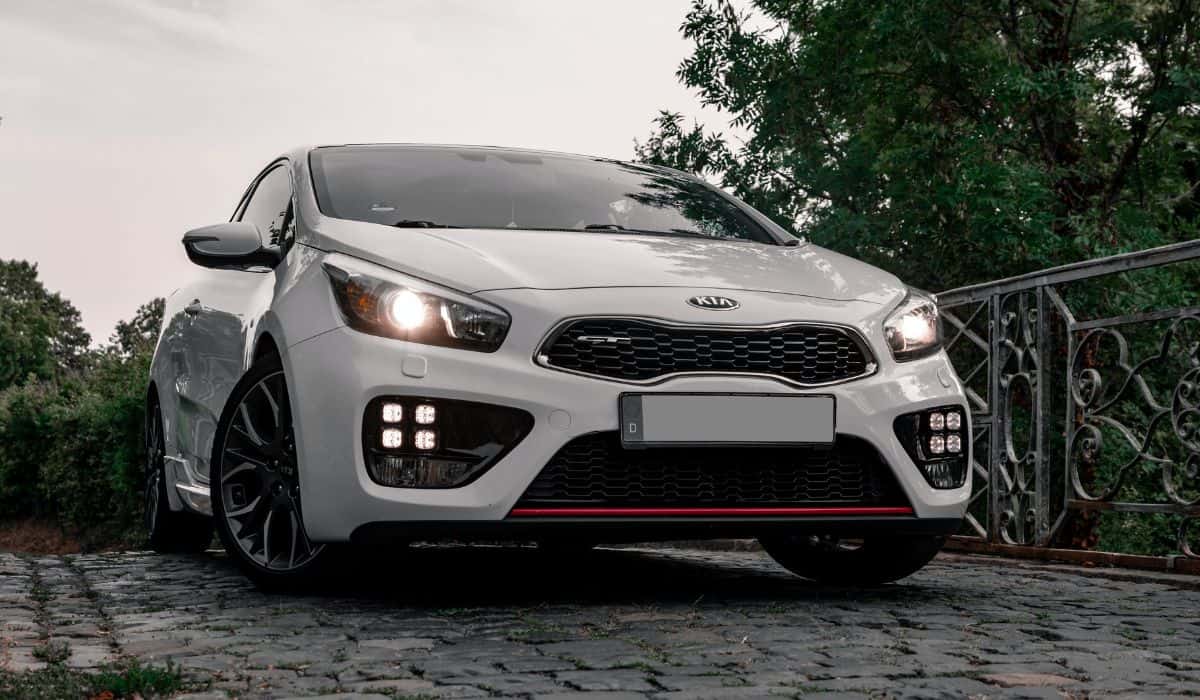Do Kia Cars Have Timing Chains? Understanding Kia Engine Systems
One of the most important systems that allow an internal combustion engine to run properly is the timing system, which takes the form of either a belt or chain. The timing system engages critical components like the valves and pistons to ensure the engine runs smoothly and performs as expected. So, do Kia cars have timing chains?
Most Kia cars have timing chains, except the 1-liter petrol Kia Picanto models of 2009–2011 and the 2.9-liter diesel Kia Carnivals of 2001–2009, which have timing belts. You can refer to your owner’s manual to confirm whether your Kia model has a timing chain.
Let’s take a closer look at what exactly a timing chain does, how it compares to a timing belt, and how to determine if yours needs to be replaced.
What Is a Timing Chain?

A timing chain is a crucial engine component fitted to synchronize the rotation of the camshaft and crankshaft, two essential parts in the top and bottom half parts of the engine, respectively. It ensures the engine’s valves open and close at just the right times in relation to the piston positions.
The timing chain is attached to the camshaft so that when the camshaft spins, the numerous lobes along its length open and close the valves in the cylinder head. This action allows fuel and air to enter the combustion chamber through the intake valves at the right time.
It also allows the exhaust valves to expel combustion gasses once the fuel-air mixture has been compressed and ignited. The timing chain is also attached to the crankshaft, which rotates to raise or lower the pistons at the perfect time to compress the air-fuel mixture before ignition.
This whole process ensures the exact amount of combustion needed to drive at the desired speed.
Do Kia Vehicles Use a Timing Chain?
Most Kia vehicles have a timing chain, which is largely maintenance-free — as opposed to the timing belts you find in many other auto brands.
The few models that do use a timing belt instead of a timing chain are the 1-liter petrol Kia Picanto (2009–2011) and the 2.9-liter diesel Kia Carnival (2001–2009). If you want to be sure, refer to your owner’s manual to find out if the Kia you own has a timing chain or a belt.
Timing Chain vs. Timing Belt: What’s the Difference?
A timing belt is a toothed belt made of reinforced rubber, usually located in a protective case outside the engine unit. A timing chain, on the other hand, is made of metal links like the ones you’d find in a motorcycle chain drive, and it’s usually housed within the engine unit at the end of the camshaft.
So, while the timing belt and timing chain perform the same mechanical function, the difference lies in their material construction and location under the hood. Moreover, timing belts may be cheaper and easier to repair, but they don’t last as long as timing chains.
Since a timing chain is made of metal, it’s strong and durable, meaning it can last more than 200,000 miles before sustaining any significant damage, in some cases.
A timing belt’s vulnerability to damage is because it’s usually constructed using a mix of rubber and engineering plastics like nylon. As a result, timing belts may only last between 60,000 and 100,000 miles before they start wearing out and call for replacement.
Do Timing Chains Need to Be Replaced?

A timing chain is durable and reliable, so you don’t need to replace it unless it’s severely damaged, strained, or otherwise affected. And if there’s a problem with the timing chain, your car may have other issues too!
You can entirely avoid replacing your Kia’s timing chain if you stay on top of your maintenance game. The chain will rarely break or slide off under ordinary circumstances. But if it does, your car won’t be able to run, and you must replace it.
In most cases, the timing chain only breaks when you’ve put strain on the engine and it’s running at a high rpm. If that happens, it could damage other critical engine components and put a normal repair out of the question.
However, timing chain issues don’t always mean a complete failure of the part. The chain can show signs of damage before giving way completely.
These are the warning signs that your timing chain is about to reach the end of its service life:
Engine Misfires
If your timing chain has endured wear and tear or is stretched, its calibration will be off. This leads to engine misfires.
Rattling Noise From the Engine
Rattling noises from your engine unit are never a good sign, and you should have your car checked as soon as you notice them. A loose timing chain will clang and produce unmistakable rattles as you drive.
Metal Bits in Used Engine Oil
If your timing chain is fatigued, bits of the metal links may flake away and find their way into the engine oil that lubricates the chain. If you notice bits of metal in the oil while doing an oil change, you should have your timing chain inspected.
The Check Engine Light Comes On
While you may not see any obvious signs of a failing timing chain, sensors in the car will detect the problem.
The check engine light could point to a problem with the timing chain, and you should have a qualified mechanic inspect your car as soon as you can if the light comes on.
